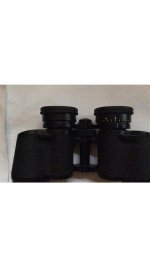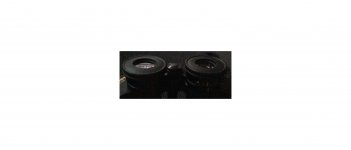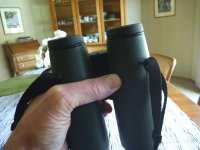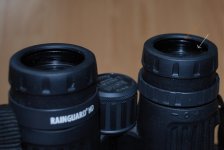JerryLogan
Well-known member
Jerry, I'm wondering if you could post a photo of your workaround. If it means someone can see the whole FOV WITH glasses on in an EII, I'd like to learn how.
Thanks.
Bill
Bill,
As I look closely at this it appears that I’ve just managed to turn down the eyecups. But, I had to take them off first before they could be rolled into position then remounted on the eyepieces.
Best,
Jerry
Attachments
Last edited:








